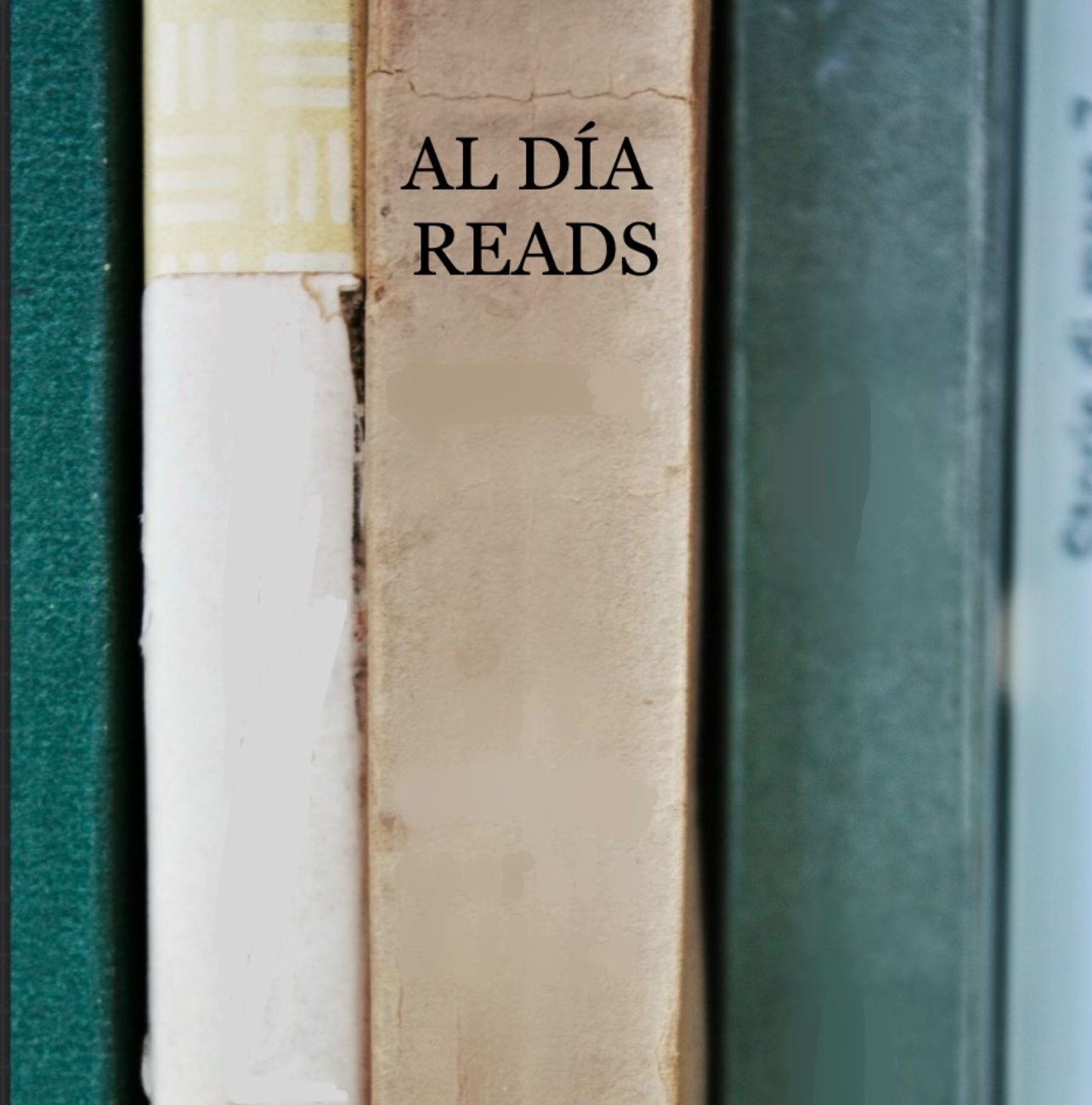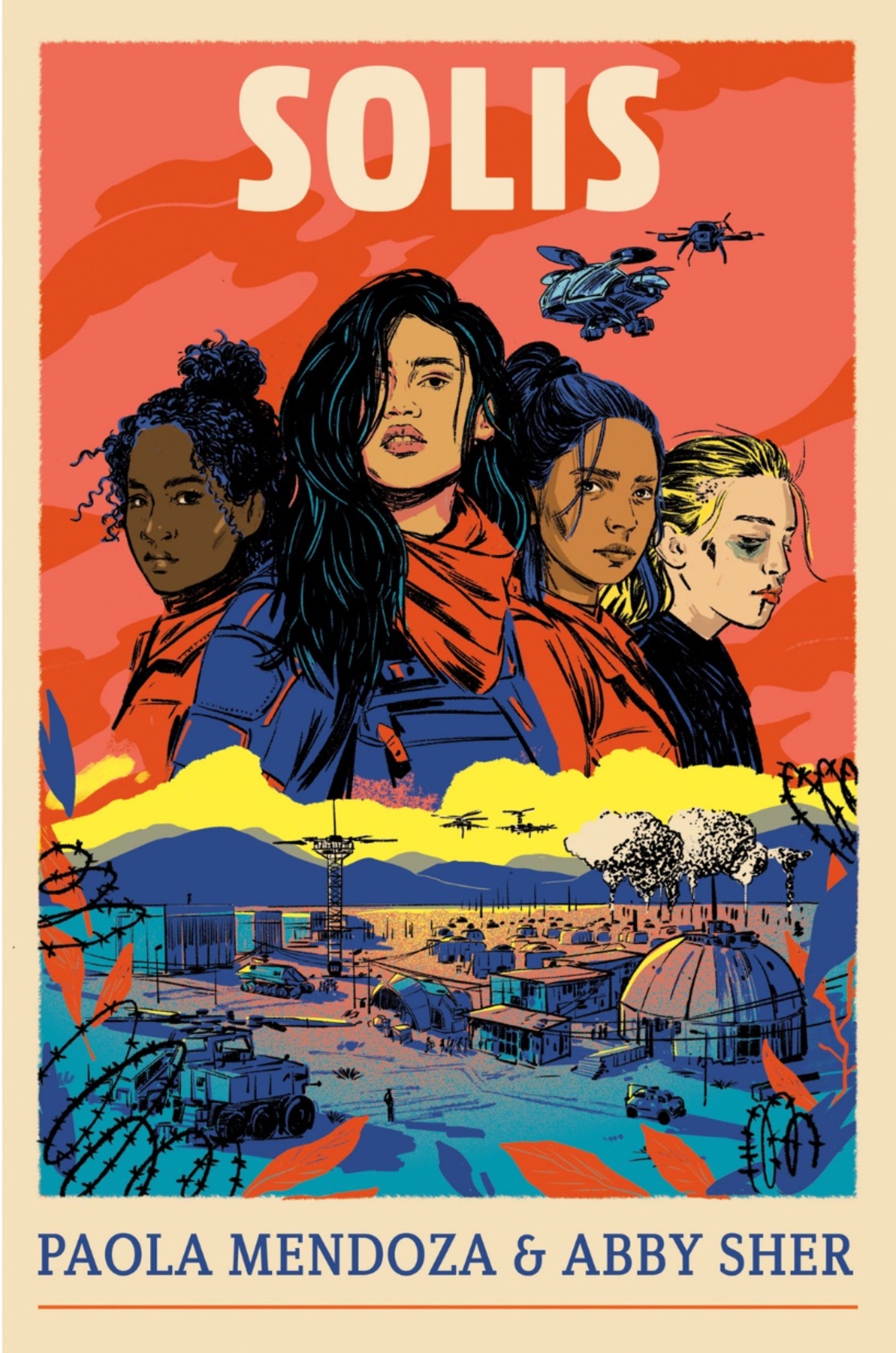
History on a plate: How does a 200-year-old Mexican stew taste?
From "zopa naranja" to "potaje escondido", that's how great-great-grandmothers cooked in Mexico.
If you loved Laura Esquivel's novel "Like Water for Chocolate," or the movie of the same name, you can now emulate the mythical protagonist in the kitchen thanks to an initiative by the University of Texas at San Antonio (UTSA). Recently, the school has digitized and made public half of its approximately 100 handwritten Mexican cuisine recipes from original owners, and some are quite old.
The oldest of all was written in 1789 by the cook of a wealthy family, Doña Ignacita, who had a golden hand for cooking dishes such as "guiso de verduras escondido," "potaje escondido," and orange soup with the unoriginal name of "sopa naranja."
"I've had students cry as they turn their pages because it's so powerful to see the connection with the way their family makes a dish and its origin," UTSA Special Collections librarian Stephanie Noell told Atlas Obscura.
"I want anyone with Internet access to be able to consult these works," she said.
The UTSA collection, whose works often have scribbled notes, has a timeline showing how traditional Mexican and Spanish cuisine mixed during the colonial period.
According to Noell, a 16th-century Spanish conquistador named Bernal Díaz del Castillo defined local dishes made with corn as "corn cakes of misery," while the Nahua indigenous culture considered the Spaniards' wheat bread "food for famine." However, over time, the ingredients of both cultures came to enrich each other.
"I would love for people to realize that the preparation of Mexican dishes is very laborious," she said.
The university's 2,000-volume cookbook collection started in 2001 when San Antonio resident Laurie Gruenbeck donated more than 500 recipe books she had collected during her travels to Mexico, including Doña Ignacita's handwritten recipes.
Since then, the collection has grown to include some of the oldest gastronomy books published in Mexico, as well as some vegetarian cookbooks dating back to 1900.
RELATED CONTENT
One of the highlights is entitled "Arte Nuevo de Cocina y Reposteria Acomodado al Uso Mexicano" (New Art of Mexican Cuisine and Pastry), which was published in 1828 and is unique in its genre. It was donated by British ethnogastronomer Diana Kennedy, who gave it to the university last year along with a hundred other documents, such as correspondence from famous chefs that she kept in her home in Michoacán.
For the expert, who has spent half a century studying the gastronomy of the neighboring country, talking about "Mexican cuisine" is wrong since each state has its own stews, aromas, and flavors.
"I would love for people to realize that preparing Mexican dishes is very laborious," she told Texas Public Radio in May. "Most people don't bother, but I do. I always tell them, 'Oh my God, they didn't do something right' or 'They put garlic in the guacamole,' which should never be done. So I'm a little bit of a wreck."
Kennedy's books are the result of decades of research and provide a wealth of information about the dishes of different regions, including socioeconomic data and attributions to the cooks who originally shared the recipes.
In addition, the volumes in the UTSA collection are invaluable not only for cooking fans but for cultural historians, who can better "chew" on how people lived in the past through the late 17th and early 19th century recipes.
One example is the wine of Parras, which was made secretly in the town of Parras despite the fact that it was forbidden to everyone except the clergy. Doña Ignacita's recipe book also includes recipes for a sweet and spicy sauce that seems to be an early version of a mole.
But besides being a historical treasure you can reproduce in the kitchen, these recipe books can be read as regional stories.
As Laura Esquivel wrote: "Life would be much more pleasant if one could take the tastes and smells of one's mother's house with one wherever one goes."











LEAVE A COMMENT:
Join the discussion! Leave a comment.